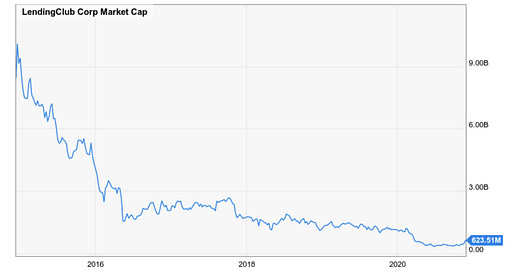Are Challenger Banks the New Online Lenders?
and Charter Watch: Oportun, Figure & GM (yes, that GM)
Hey all, Jason here.
With the complications of travel this year, I opted to stay home and celebrate my first Thanksgiving in the Netherlands. I treated some Dutch friends to their first authentic American Thanksgiving dinner, complete with green bean casserole, sweet potatoes, and Kamala Harris’ cornbread stuffing.
In between eating and watching holiday …



